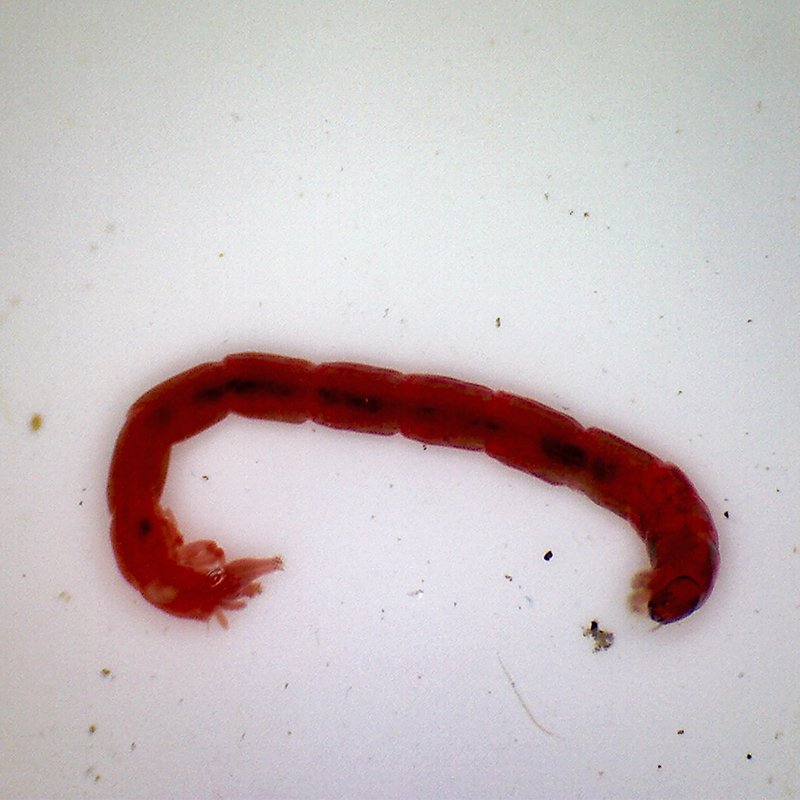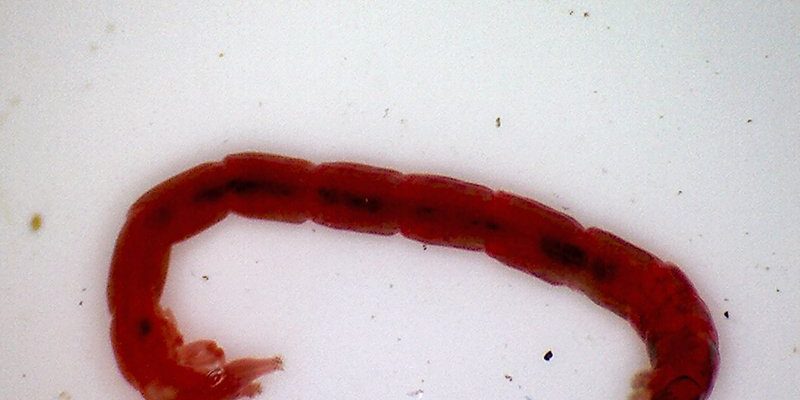
Using field cameras, like those from brands such as Bushnell or Reconyx, allows scientists to observe bloodworms in their natural habitat without disturbing them. It’s a bit like having a backstage pass to nature’s performance. You might be wondering why this matters. Well, studying these creatures helps us understand aquatic ecosystems better, contributing to conservation efforts and fisheries management. So, let’s dive into how field cameras can illuminate the mysterious behavior of bloodworms!
Why Study Bloodworms?
Before we jump into the technical side of things, let’s consider why bloodworms are worth our attention. These segmented worms are actually the larvae of midge flies, and they play a significant role in aquatic ecosystems. Think of them as nature’s little recyclers—cleaning up organic material and serving as a food source for various fish and birds.
By documenting their behavior with field cameras, researchers can gain insights into their life cycle and feeding habits. For example, do bloodworms prefer certain types of sediment? Do they have specific times of day when they’re more active? These questions are crucial for understanding how they contribute to their environment. Honestly, every tiny detail can paint a larger picture of aquatic health.
Setting Up Your Field Camera
Once you’ve got your reasons for studying bloodworms, it’s time to set up your field camera. But before you jump into the great outdoors, here’s what you’ll need to consider. First, choose a camera that fits your budget and needs. Field cameras come in various shapes and sizes, but features like high resolution, night vision, and motion detection are essential for capturing clear footage of these small, elusive creatures.
When you arrive at your chosen site, look for areas where bloodworms are likely to thrive—think shallow waters or muddy banks. Position the camera at a low angle to capture the ground level. You want to make sure it’s discreet, so the bloodworms don’t get spooked. Most field cameras have a set up option that allows you to test the angle before you leave it running.
Tips for Capturing Quality Footage
So, you’ve set up your field camera; now, let’s talk about how to ensure you get the best footage possible. Here are a few tips to keep in mind:
- Lighting is key: Bloodworms are typically more active during the early morning or late afternoon, so you might want to time your camera captures accordingly.
- Minimize movement: The less disturbance in the area, the more natural behavior you’ll capture. Avoid walking around too much once your camera is set.
- Check your settings: Make sure the camera’s motion sensor is properly calibrated. You don’t want to miss out on action due to a misconfigured setting!
By following these tips, you’ll increase your chances of capturing fascinating footage of bloodworm behavior. Let’s face it, the more you prepare, the better your results will be!
Analyzing the Footage
Once you’ve got your footage, it’s time to sit back and analyze what you’ve captured. This is where the real magic happens. Watching hours of footage can feel overwhelming, but you can break it down by focusing on specific behaviors you’re interested in. Are they feeding? Are they interacting with each other?
Take notes and even consider creating a timeline of activities. The more organized your notes are, the easier it will be to identify patterns and make conclusions. For instance, you might notice that bloodworms are more active during certain tides or weather conditions. These observations can be crucial for understanding their role in the ecosystem.
Common Challenges in Documenting Bloodworm Behavior
Even the best-laid plans can run into hiccups. Here are a few common challenges you might face while documenting bloodworm behavior with field cameras:
- Battery life: Depending on how long you plan to leave the camera out, battery life can be a concern. Some cameras allow you to connect external batteries to give you more longevity.
- Weather impacts: Too much rain or extreme temperatures can damage your camera. Look for weatherproof models to avoid this issue.
- False triggers: Sometimes, your camera might capture too many empty moments due to plants swaying or animals passing by. Adjust the sensitivity settings to help reduce these occurrences.
By being aware of these challenges, you can take precautions to ensure a successful documentation process.
Comparing Different Camera Options
If you’re not sure which field camera to choose, it’s helpful to compare options. Some brands offer unique features that might cater better to your specific needs. Here’s a quick rundown of a few popular cameras:
| Camera Model | Key Features | Price Range |
|---|---|---|
| Bushnell Trophy Cam | High resolution, excellent night vision | $150 – $200 |
| Reconyx HyperFire | Fast trigger speed, long battery life | $400 – $500 |
| Moultrie A-Series | Affordable, good quality images | $100 – $150 |
By examining the specifications and prices, you can select the camera that best fits your project. Each option has its own strengths, so think about what features matter most to you.
Why This Matters for Conservation
Documenting bloodworm behavior isn’t just an academic exercise; it has real-world implications. Understanding how these creatures function within their ecosystems can inform conservation efforts. For example, if bloodworm populations are declining, it might signal an underlying issue—like water pollution or habitat destruction.
By gathering data through field cameras, researchers can advocate for changes that help protect aquatic ecosystems. The more we learn about bloodworms, the better equipped we are to safeguard the habitats they rely on, which in turn benefits other wildlife and the environment.
As you can see, studying bloodworm behavior with field cameras might seem niche, but it plays a significant role in conservation and understanding aquatic ecosystems.
In wrapping up, using field cameras to document bloodworm behavior opens the door to exciting discoveries. If you take the time to set up properly and analyze your footage, you’ll not only gain valuable insights into these mysterious creatures but also contribute to broader ecological knowledge. So grab a field camera, head to your nearest freshwater source, and start exploring!

